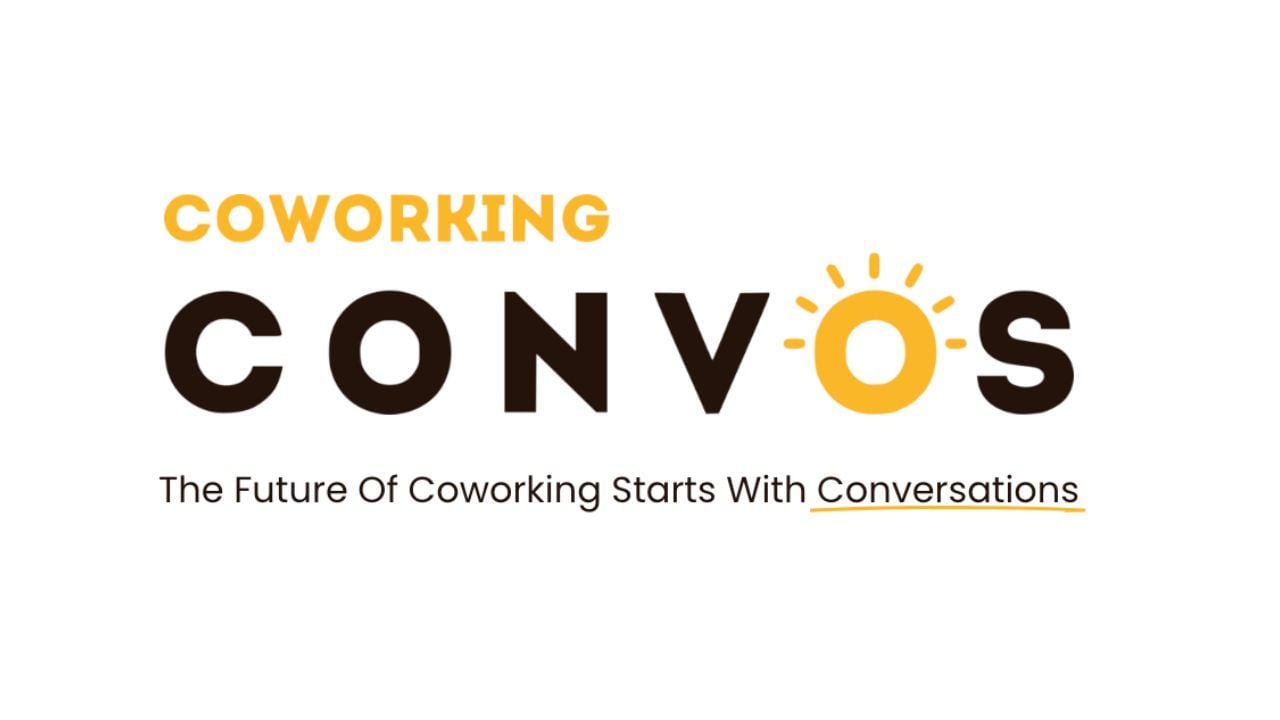Within a year, the way we live and work has completely transformed for good. What were once short-term adjustments to keep employees safe has become the preference for many.
According to Andrey Khusid, CEO of digital whiteboarding platform Miro, the company’s user base has grown from 3.7 million to 9 million since March. Khusid sees this as a huge indicator of shifting workplace culture.
More specifically, Khusid believes that companies will adopt a “work from anywhere” policy as flexible working becomes more accessible.
While many major firms have already committed to remote working policies permanently, this does not necessarily mean only working from home.
The work from anywhere trend will allow employees to have complete say in where and how they work, allowing them room to achieve a healthier work-life balance.
However, there will still be a need for a main central office, leading companies to adopt a hybrid approach that allows employees to work either remotely or in a workspace. Companies will be required to ensure their offices are following sanitation and distancing guidelines.
For workers who do choose to be remote, leaders will need to make an effort to keep them engaged. While this can be difficult to do with a distributed workforce, there are tools and resources that make it easy, such as Slack and Zoom.
Without proper employee engagement, companies risk hurting their productivity levels and overall employee satisfaction.

 Dr. Gleb Tsipursky – The Office Whisperer
Dr. Gleb Tsipursky – The Office Whisperer Cat Johnson – Coworking Marketing Maven
Cat Johnson – Coworking Marketing Maven Angela Howard – Culture Expert
Angela Howard – Culture Expert Drew Jones – Design & Innovation
Drew Jones – Design & Innovation Andrea Pirrotti-Dranchak – Competitive Advantage
Andrea Pirrotti-Dranchak – Competitive Advantage Jonathan Price – CRE & Flex Expert
Jonathan Price – CRE & Flex Expert Jeremy Fennema – Tech Innovation Alchemist
Jeremy Fennema – Tech Innovation Alchemist












